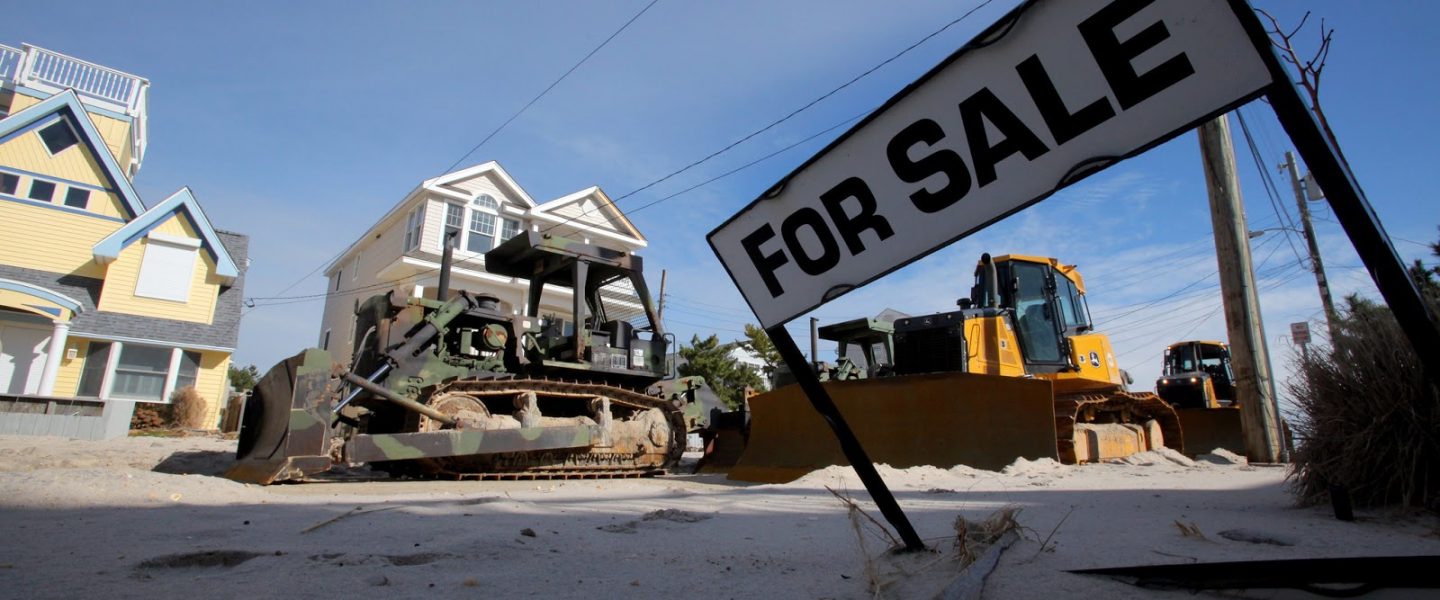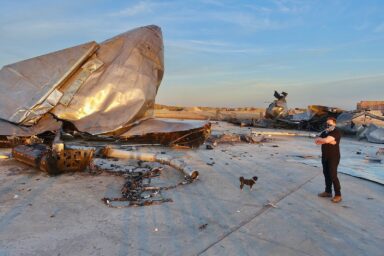World leaders attending the UN Climate Action Summit in Manhattan only need to cross the East River to bear witness that delay is no longer an option.

“I remember how that powerful storm ripped through south Sayville, bringing down trees and submerging entire streets in seawater,” said Harrison Bench, a young climate activist from Long Island, NY.
In 2012, Hurricane Sandy rocked parts of Long Island’s south shore. Thousands of homes were flooded or destroyed, and 48 New Yorkers lost their lives. Although the island has rebuilt throughout the years, environmental scientists say that rising sea levels could put some communities permanently under water if no action is taken.
New York’s Department of Environmental Conservation projects sea levels to rise 18 to 50 additional inches by 2100, which would seriously impact preserved land, communities, and industries, Bench said.
With more frequent storms, he added, homeowners will likely see flood insurance rates soar from more damage to their homes.
According to the Washington Post, Suffolk County has warmed by more than 2 degrees Celsius since 1895. The national average, meanwhile, is 1 degree. Because of Long Island’s geographical location, the intensity and frequency of tropical storms has also increased due to hotter ocean temperatures in the Atlantic Ocean.
It’s also been known — since as early as 1990 — that some communities on Long Island face “severe long-term environmental damage,” including dangerously contaminated drinking water, due to pollution in Long Island Sound.
“Long Island has some of the most contaminated drinking water in New York State,” said Shoshana Hershkowitz, founder of Suffolk Progressives. “When Suffolk County residents cannot trust the water they drink and the air they breathe, we have reached climate emergency status.”
Suffolk County most recently received an “F” rating from the American Lung Association, and the organization says that nearly 1.5 million residents are at risk of breathing unhealthy air.
In May, New York State Comptroller Thomas P. DiNapoli released a report on Long Island’s economy, noting that “wastewater treatment is one of the region’s most critical challenges, especially in Suffolk County, where home septic tanks and cesspools are contaminating surface water.”
With more than 28,000 minors at risk of pediatric asthma, students on Long Island have been increasingly active in the climate change debate — and with some success at the state level. The state Senate introduced legislation to help schools in Suffolk County install solar panels after Students for Climate Action Long Island, a youth-led organization, lobbied lawmakers.
“Livelihoods are at risk, our local economy is at risk, and the environment is at risk,” said Bench. “Action is necessary, or Long Island will see even more harm from climate change.”

Related front page panorama photo credit: Adapted by WhoWhatWhy from U.S. Fish and Wildlife Service Northeast Region / Flickr.



